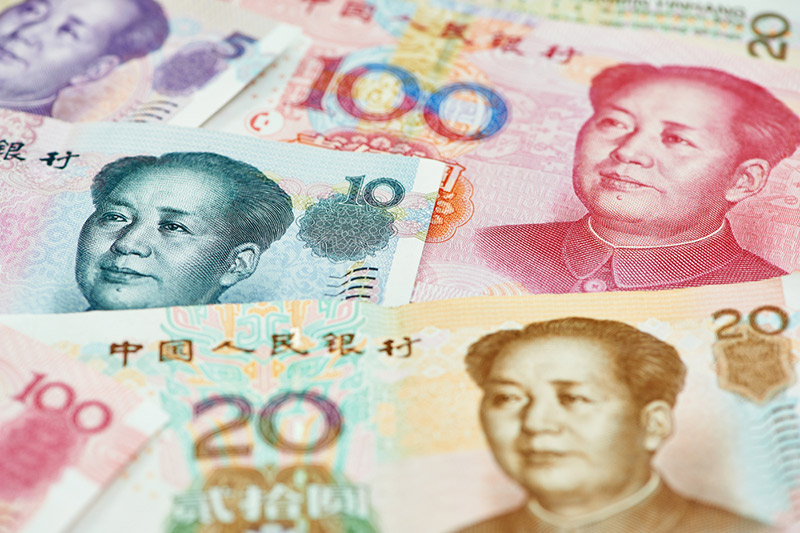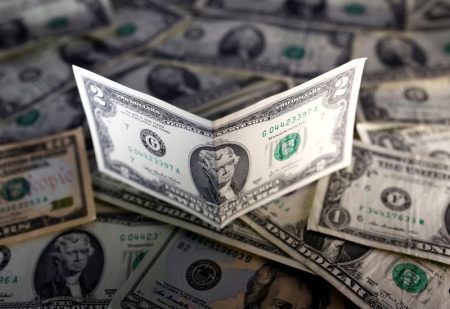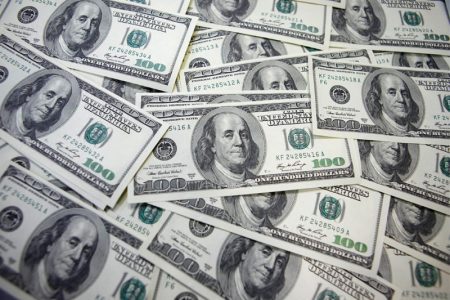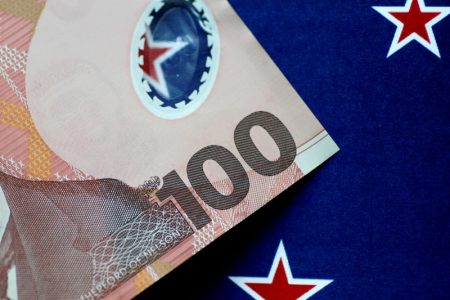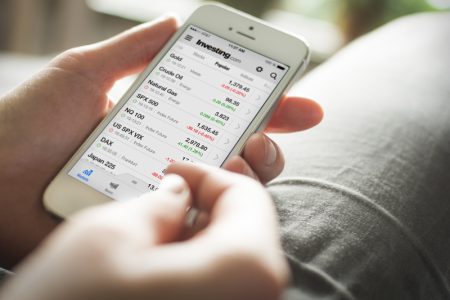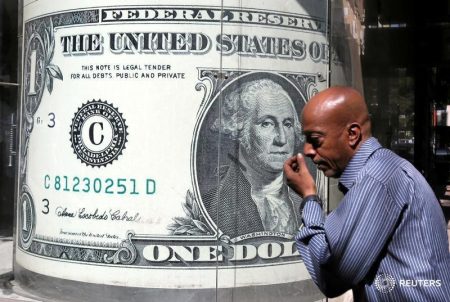Investing.com — Most Asian currencies rose on Tuesday, taking some relief as the dollar retreated from two-month peaks, while government intervention helped the yuan rise despite increasing economic concerns over China.
The and fell 0.1% in Asian trade, seeing some degree of profit taking this week, after uncertainty over rising U.S. interest rates pushed the currency to a two-month high.
But an overnight spike in , to over 20-year highs, presented a strong outlook for the greenback, especially as markets grew anxious ahead of the later this week.
While most Asian currencies rose on Tuesday, they were still nursing steep losses this year amid persistent concerns over rising U.S. interest rates.
The rose 0.2%, recovering from a near 10-month low to the dollar, while the rose 0.2%, but remained close to a nine-month low.
The rose 0.2% as data showed that deteriorated in August, while the added 0.2%.
Chinese yuan rises on govt support, economic gloom persists
The rose 0.2% on Tuesday, recovering from a nine-month low after a series of strong daily midpoint fixes by the People’s Bank of China (PBOC).
The currency was also seen benefiting from dollar sales by major Chinese state-owned banks, as the government seeks to stem further weakness in the yuan.
This notion saw the PBOC cut its by a smaller-than-expected margin on Monday, with the bank looking to maintain a balance between providing more monetary stimulus and preventing further losses in the yuan.
But the lack of monetary stimulus drummed up concerns over a slowing economic recovery in China, which in turn further dented sentiment towards Chinese markets.
Fears of a Chinese slowdown also kept traders wary of most other Asian currencies.
Jackson Hole in focus, U.S. yields surge
An overnight spike in U.S. Treasury yields also dented the outlook for most Asian currencies, as markets positioned for higher U.S. interest rates.
Focus is now squarely on a speech by Federal Reserve Chair Jerome Powell at the Jackson Hole Symposium on Friday, with analysts flagging a potentially hawkish message from the Chair.
Investment banks warned that the , especially amid sticky U.S. inflation and strength in the labor market.
Rising U.S. rates, or even bode poorly for risk-heavy Asian markets.
Read the full article here





